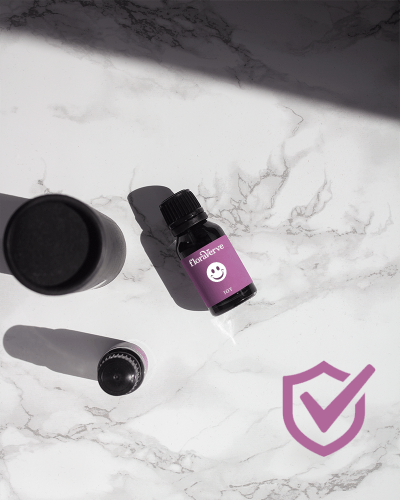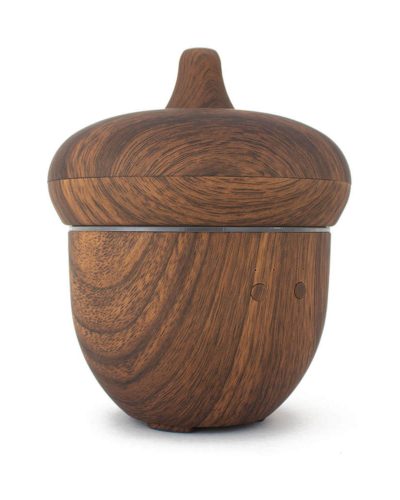Safety tips for using your oils!
- Always keep the safe amount-per-day guidelines in mind.
- Avoid applying oils directly to the nose, ears, or around the eyes.
- For topical application, it is important to consider dilution. Dilution helps you avoid sensitivity with essential oils, and is particularly helpful for young or small children, or those with sensitive skin. It is also important to remember that some essential oils (like Cassia, Cinnamon, Geranium, Lemongrass, Oregano, and Thyme) should always be diluted before topical use.
- Make sure to store essential oils out of the reach of children. This will help prevent accidental ingestion.
- When storing essential oils, you’ll also want to keep the oils away from excessive light or heat, because this can alter the chemical properties of the essential oil significantly.
- Always help younger children apply essential oils to make sure they get the proper amount. It is also a good idea to encourage teenagers to set a good example for younger children by always following guidelines for proper usage.


